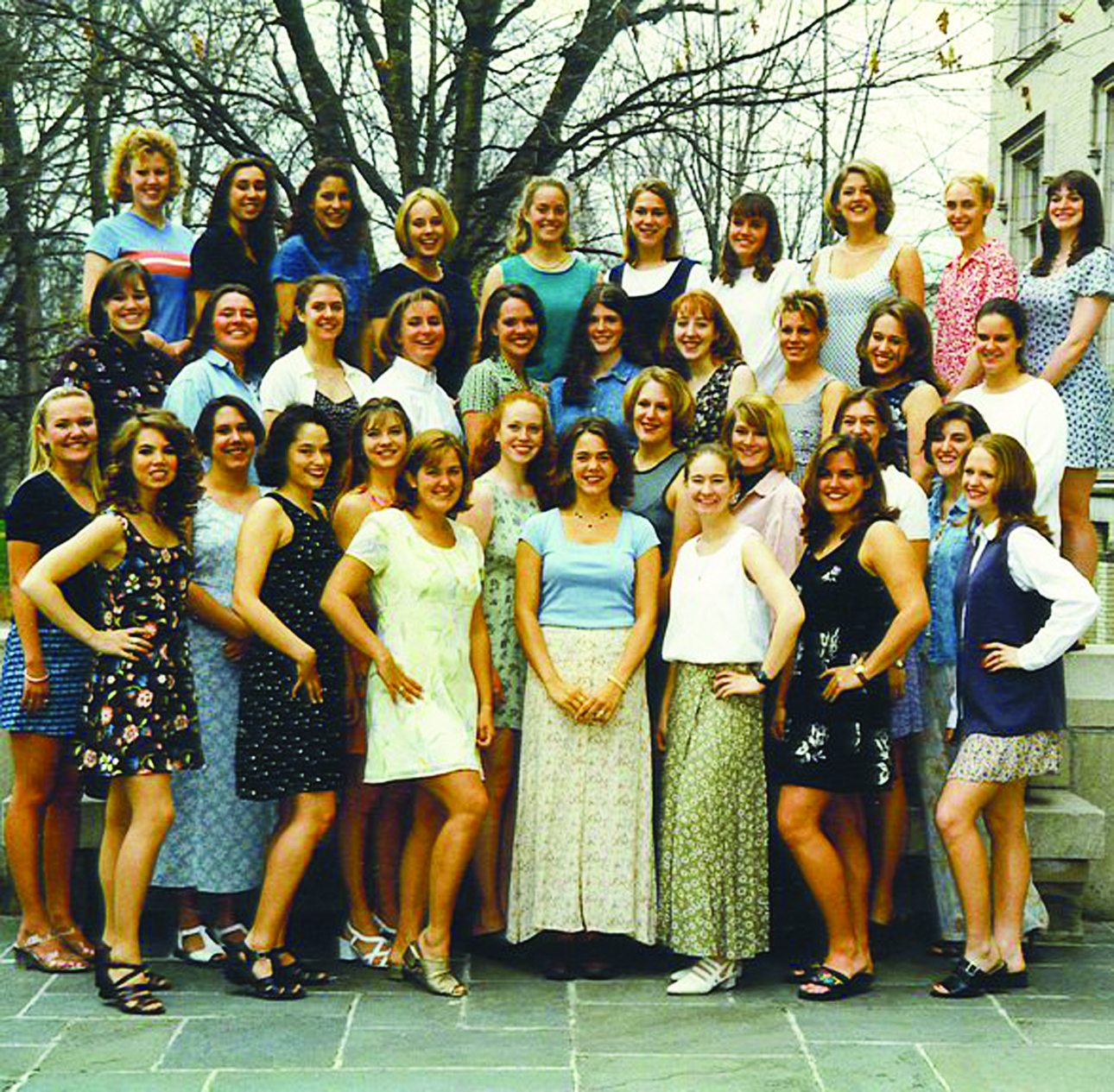
Greek life: A history
Ian Benson
Features Editors
Sections and clubs, commonly known as fraternities and sororities, are a unique part of The College of Wooster. There’s only one Pi Kappa, Xi Chi Psi, Delta Phi Alpha, etc. and they are found only here at The College, each one without a national affiliation, being an independent group. Not only are these names representative of the men and women who wear the letters on their shirts, but they also take part in The College’s unique history.
In 1872, the first national affiliated fraternity was founded on campus, Phi Kappa Psi, a fraternity that exists to this day. Over the next four years, Wooster adopted numerous fraternities and sororities in addition to Phi Kappa Psi, eventually growing to nine national Greek groups.
In 1912, Lewis Severance, a wealthy donor to The College, issued an ultimatum threatening to withdraw his support from the school if national Greek life persisted, stating in a letter, “what I do on this million dollar effort, with the General Education Board, will pledge only on condition that the fraternities surrender their charter at Wooster.” Severance’s opinion and ultimatum regarding Greek life was foreshadowed in a 1910 letter to President Holden, saying that he was “decidedly opposed to them,” and suggested that they disband their efforts and energies should be used towards the creation of two new dorms on campus.
Due to Severance’s threat, the Board of Trustees voted in February of 1913con the matter, resulting in a 13-10 vote, with four members absent, to abolish the current Greek system. Angered by the results of the vote, three of the dissenting trustees resigned following the meeting.
Within a year, Greek life returned to the campus in the form of “sections.” These new sections situated themselves in Kenarden Lodge, a dorm specifically designed to house the men of these groups. Even the dorm itself was physically divided into sections, an aspect that can still be seen today. Each of the divisions of Kenarden was home to a single section, and each group went on to develop their own identity.
These sections operated like the former Greek groups, initiating new members to account for graduating seniors in a manner reminiscent of the “Hell weeks” of the previous Greek groups on campus.
Starting in 1918, women joined the resurgence of Greek life on campus, forming social clubs that were originally described as secret societies. Such names they went by include Onions, Pyramids, Peanuts and Imps. These groups, like the men’s sections, were gradually integrated into the campus.
Since their residence in Kenarden, Wooster Greeks have held their residence in Armington, Bissman, and, for the past two years, program houses.
Today, there are eleven Greek organizations on the college campus, four fraternities, six sororities, and, as of this year, one co-gender Greek group. The Greek community participates in many activities on and off campus ranging from running blood drives to hosting Soup and Bread. Elaborating on the importance of Greek life to the campus, Inter-Greek Council Advisor Joe Kirk explained, “It allows students to feel a sense of connectedness and a sense of purpose, being on a college campus and having this sense of belonging to something, and whether you play or sport or belong to a club, if you are a part of something it makes you really feel connected to the campus and you’re likely to do whatever you can to stay here.”
Kirk added that “if you’re a part of a fraternity or a sorority, you feel bonded not only to your group, but to your campus.”
